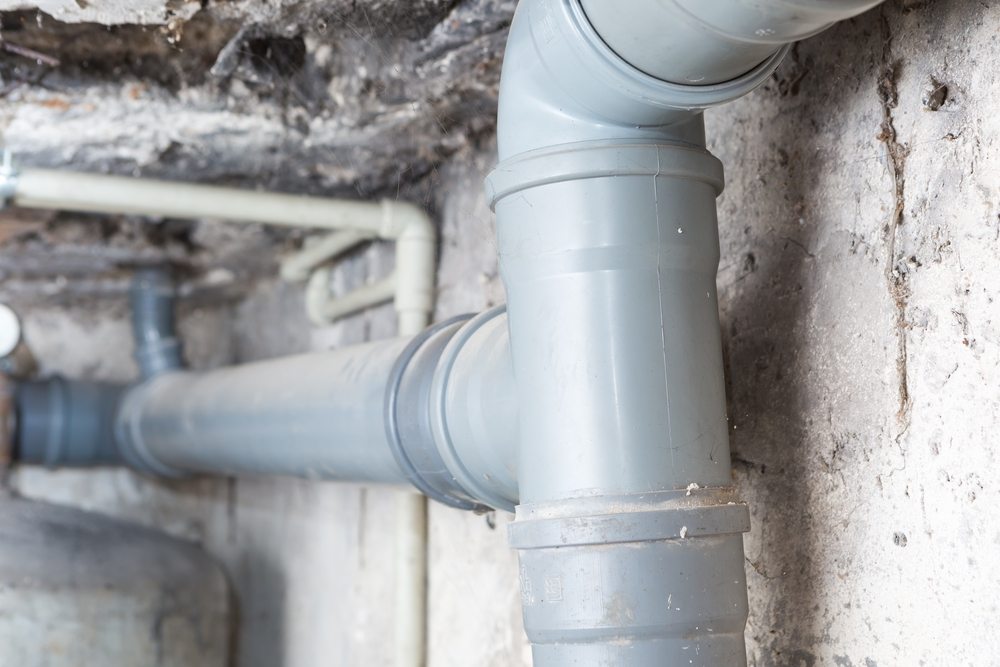Table of Contents

A toilet overflow can quickly turn into a messy and stressful disaster for homeowners. Whether caused by a clog, septic backup, or plumbing malfunction, an overflowing toilet can lead to extensive water damage, mold growth, and potential health hazards. Knowing what to do immediately can help minimize the damage and prevent further issues. In this guide, we’ll walk you through the necessary steps to handle a toilet overflow disaster effectively.
Immediate Steps to Take After a Toilet Overflow
1. Stop the Water Flow
As soon as you notice the toilet overflowing, your first priority should be stopping the water from continuing to spill out. Here’s how to do it:
- Locate the toilet’s shut-off valve (usually behind or near the base of the toilet) and turn it clockwise to stop the water supply.
- If the shut-off valve is not accessible or not working, remove the tank lid and lift the float to stop more water from entering the bowl.
- In urgent situations, you may need to turn off the main water supply to your home.
2. Contain the Spill
Once the water flow is stopped, prevent further spread of the water damage by:
- Placing old towels or rags around the toilet to absorb excess water.
- Using a mop or wet/dry vacuum to remove standing water.
- Blocking doorways with towels if the overflow has spread beyond the bathroom.
3. Clean Up Immediately
Water from a toilet overflow is considered category 2 or category 3 water damage (gray or black water), meaning it may contain bacteria and contaminants. Proper cleaning is crucial:
- Wear gloves, rubber boots, and a mask before cleaning.
- Remove solid waste and dispose of it safely.
- Use a disinfectant solution to thoroughly clean floors, walls, and any affected surfaces.
- Ventilate the area by opening windows and running fans to help dry the space.
4. Assess the Damage
Check for water damage in surrounding areas, including:
- Flooring (tile, wood, or carpet may absorb moisture and develop mold).
- Walls and baseboards that may be soaked.
- Any nearby furniture, rugs, or personal belongings that might have been affected.
When to Call a Professional
If the toilet overflow has caused extensive water damage, affected multiple rooms, or involved contaminated water, it’s best to contact a professional water damage restoration company like PuroClean of Coral Gables. They can:
- Assess the severity of the damage.
- Use industrial-grade equipment to extract water and dry affected areas.
- Sanitize and restore your home to pre-loss condition.
Preventing Future Toilet Overflows
To avoid dealing with another toilet overflow disaster, take these preventative steps:
1. Be Careful About What You Flush
- Only flush toilet paper; avoid flushing wipes, paper towels, feminine hygiene products, or other non-flushable items.
- Educate family members about proper toilet use, especially young children.
2. Regular Plumbing Maintenance
- Schedule periodic plumbing inspections to detect potential issues early.
- Check for slow drains or gurgling noises, which can indicate a developing clog.
- Keep a plunger and drain snake handy for minor blockages.
3. Upgrade Your Toilet Components
- Replace old toilet parts, such as the fill valve, flapper, and float, to prevent malfunctions.
- Consider installing a high-efficiency toilet with overflow prevention technology.
Conclusion
A toilet overflow disaster can be overwhelming, but acting quickly can reduce damage and restore your home to normal. Stopping the water flow, cleaning up safely, and assessing the damage are critical first steps. For severe water damage, PuroClean of Coral Gables can provide professional water damage restoration services to ensure your home is safe, clean, and free from lingering issues.
If you’re dealing with water damage from a toilet overflow, don’t wait—call us on (305) 894-4343 today for expert assistance!


 PuroClean of Coral Gables
PuroClean of Coral Gables